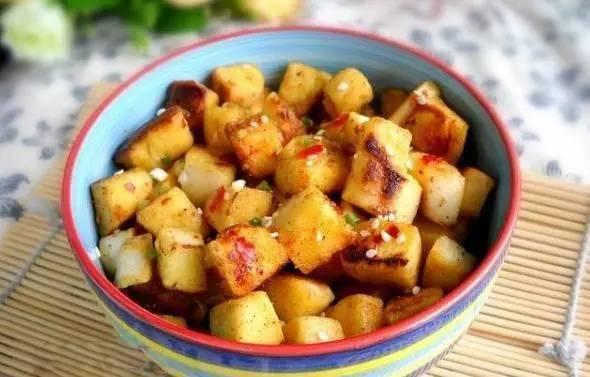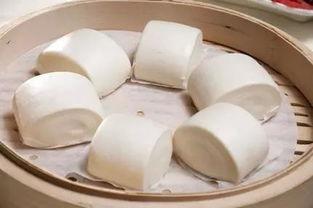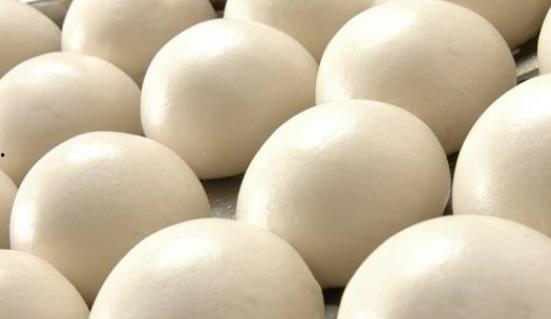Ah, the humble steamed bun, or man tou, as it's known in Chinese cuisine. This simple yet beloved staple has been a hot topic of discussion among food enthusiasts and culinary experts alike. Let's dive into the fascinating world of man tou and explore why it continues to be a favorite among many.
The Rise of Man Tou Mania

Have you ever wondered why man tou has become such a sensation? It's all about the perfect blend of texture, taste, and cultural significance. According to a report by Statista, the global bakery market, which includes man tou, is expected to reach a value of $1.2 trillion by 2025. That's a lot of man tou lovers out there!
The Science Behind the Steamed Bun

Do you know what makes a man tou so special? It's all about the science, my friend. The dough is made from wheat flour, water, and a bit of leavening agent, usually baking powder or yeast. The key to its fluffy texture lies in the steaming process. The steam helps the dough to rise, creating those airy pockets that make man tou so delightful.
A Culinary Journey Through Time

Man tou has a rich history that dates back centuries. It originated in northern China and has since spread to various regions, each with its unique twist. For instance, in Shanghai, you'll find the famous xiaolongbao, a type of man tou filled with juicy pork and soup. In Beijing, the steamed bun is often enjoyed with a side of pickled vegetables and soy sauce.
The Man Tou Debate: Steamed or Fried?
One of the most heated debates in the man tou community is whether steamed buns are better when they're steamed or fried. On one side, you have the purists who swear by the traditional steamed method, appreciating the delicate texture and natural flavors. On the other side, there are those who can't resist the crispy, golden-brown exterior of a fried man tou, often referred to as \guo tie\ or \potstickers.\
The Man Tou Renaissance
In recent years, man tou has experienced a renaissance, with chefs and bakers around the world experimenting with new flavors and ingredients. From sweet man tou filled with red bean paste to savory ones with cheese and herbs, the possibilities are endless. This creative approach has not only expanded the horizons of man tou enthusiasts but has also brought the dish to the forefront of the culinary world.
Man Tou Around the World
Man tou's popularity isn't confined to China. It has made its way to various corners of the globe, captivating food lovers in the process. In Japan, you'll find \menchi\ or \menchiya,\ which is a steamed bun filled with meat and vegetables. In the United States, man tou has found its way into fusion cuisine, with chefs creating unique combinations that blend Chinese and Western flavors.
The Man Tou Health Debate
While man tou is a delicious treat, some health experts have raised concerns about its nutritional value. High in carbohydrates and calories, it's important to enjoy man tou in moderation. However, many bakers have started using whole wheat flour and incorporating healthier ingredients, making man tou a more nutritious option for those who can't resist its allure.
The Man Tou Community
The man tou community is a vibrant and passionate group of individuals who share a love for this simple yet extraordinary food. Online forums, social media groups, and even dedicated websites are filled with discussions about the best buns, recipes, and where to find the most authentic man tou experiences.
In Conclusion
The man tou, with its rich history, diverse flavors, and undeniable charm, has captured the hearts and taste buds of people around the world. Whether you're a seasoned foodie or a casual eater, there's no denying the magic of the steamed bun. So, the next time you're in the mood for something comforting and delicious, why not give man tou a try? You might just fall in love with this humble yet extraordinary food.









